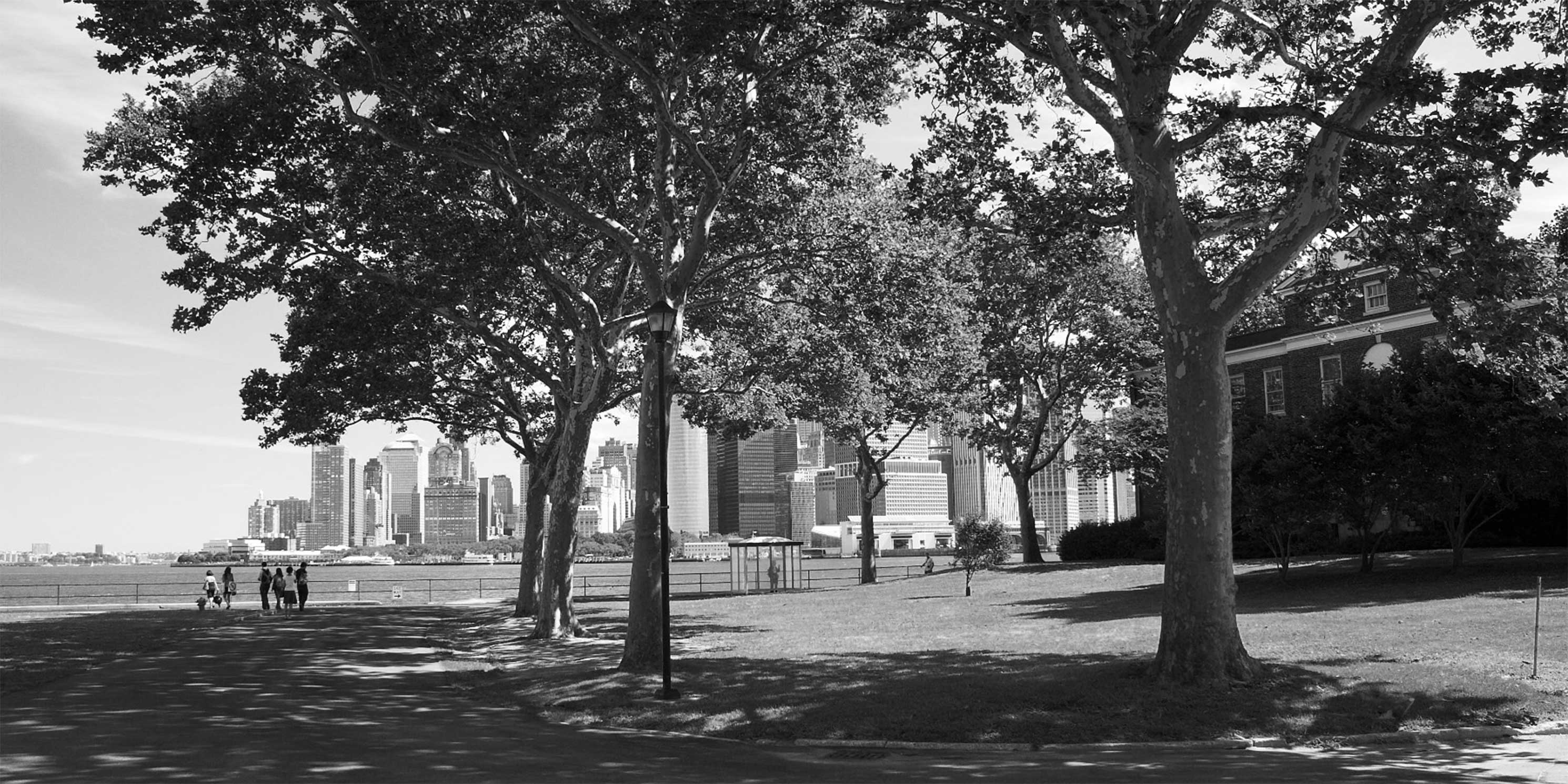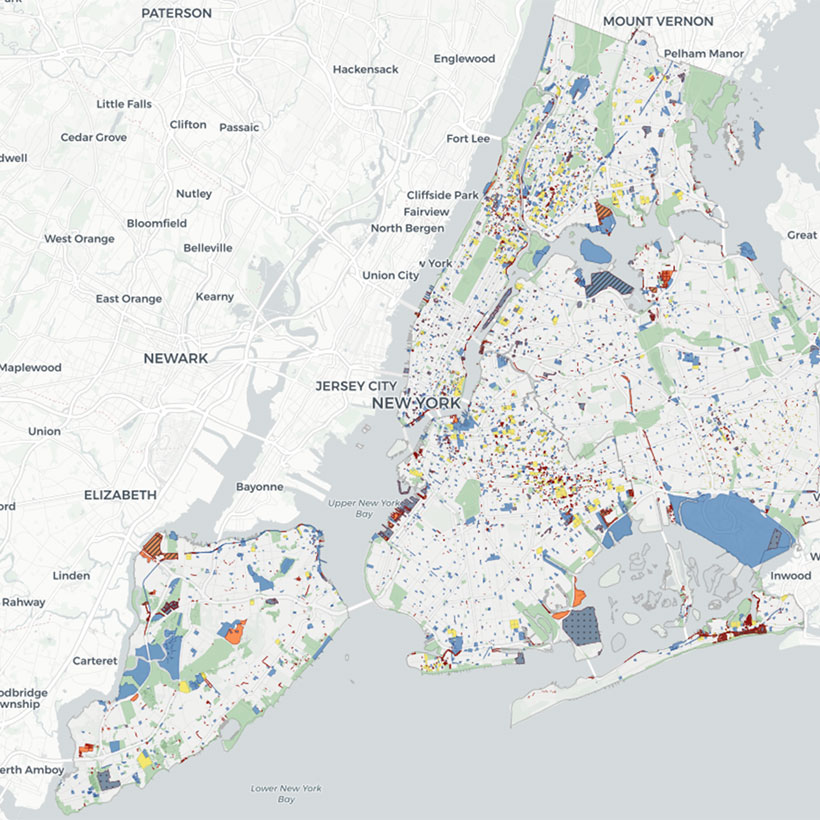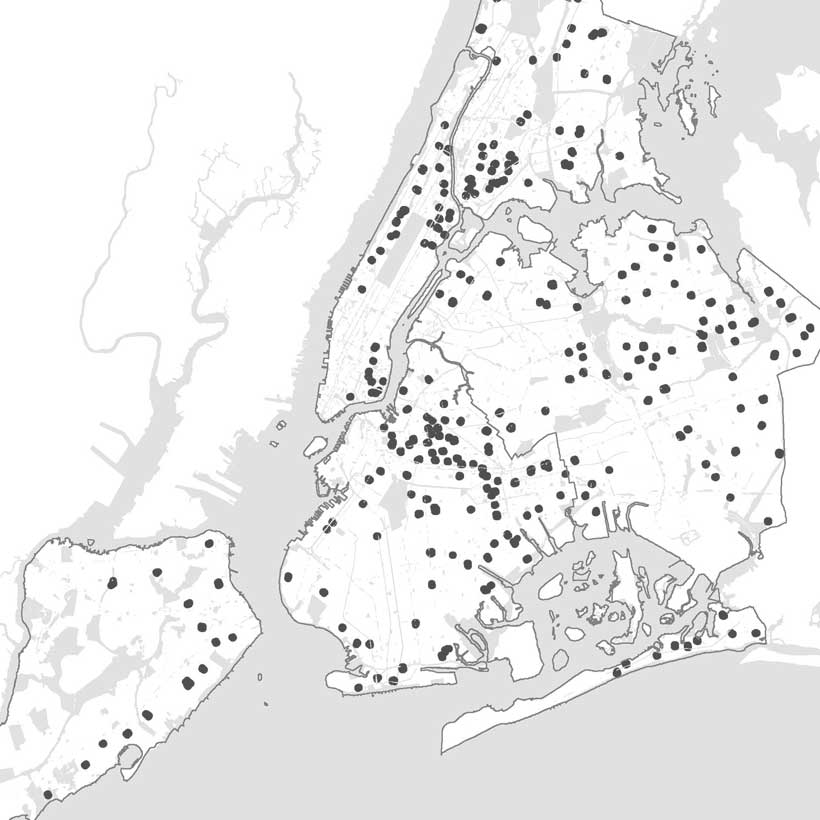Finances and Mission Need Not Be in Conflict in the Development of Governors Island
Comments to the City Planning Commission
The Municipal Art Society of New York (MAS) has been advocating for public spaces and historic preservation in New York City for 125 years. We have a vested interest in Governors Island in particular, having first advocated for its reuse as a public park more than twenty years ago. Although Governors Island has been under the City’s control for a relatively short time, it has quickly become a cherished New York City destination for its unique setting, open space, and historical significance. The Phased Development of Governors Island Rezoning (the Proposed Rezoning) proposed by The Trust of Governors Island (the Trust) aims to further enhance the Island’s value as a 24-hour, 7-day a week destination and foster up to 4.5 million square feet (sf) of new development that would also create a sustainable funding source for other improvements.
Download Testimony
SCALE OF DEVELOPMENT
The history of Governors Island goes back more than 200 years. Many of its low-rise landmark buildings are currently utilized by artists and nonprofit organizations who have greatly enhanced the island’s vitality. Liggett Hall, currently the tallest structure on the island at less than 100 feet, has long been the height standard for buildings. The proposed development scheme under the rezoning includes several buildings in the 200- to 300-foot range, which would change the long-standing height precedent without a compelling rationale for doing so.
While the proposed plan calls for contextual development along Division Street where numerous historic houses are located, MAS is concerned that larger new development may overwhelm the historic structures. Accordingly, the SSGEIS must provide details on the planned transitions between spaces on the island. MAS also urges the Trust to ensure that designs for future development enhance and preserve the historic architectural features, as well as new landscape features like the Hills, rather than tower over them and obscure views. To get a better understanding of the required scale of development, the SSGEIS “Purpose and Need” section must provide clarification regarding the financial necessity of constructing 4.5 million sf of new development. We expect a full evaluation of how these resources will be protected in the SSGEIS. We understand that the Governors Island deed requires that all revenue generated on the island remain dedicated to it.
COMPATIBILITY OF DEVELOPMENT
MAS believes that finding the right mix of uses for the rezoned development sites will be crucial to the success of the rezoning plan. In addition to our concerns about the scale of proposed development, we also urge that the Trust seek uses that will encourage 24/7 use and create an open campus so the proposed buildings will be integrated with existing recreational spaces on the island. The right balance of uses will ensure that these buildings do not sit empty on weekends, when visitorship is highest, nor conflict with the general public’s enjoyment of the island. Uses that require extensive security, for example, may not be ideal.
MAS recommends uses that complement and enhance the island’s unique assets, such as its remote location and historic value. With the New York Harbor School and the island’s connection to surrounding waterways, the rezoning should consider institutional tenants who benefit from proximity to the water and/or the particular open site plan. Similarly, uses that capitalize on the island’s recent establishment as an arts and culture destination should be given priority.
In addition, the SSGEIS must include details about how development would adhere to resiliency principles and best management practices beyond raising elevations in areas planned for new construction. The SSGEIS also needs to discuss how raising elevations will not adversely affect connectivity and the spatial relationship between the development, the surrounding esplanades, and existing structures on the island. We appreciate the Trust’s forward thinking on resilience, but grade changes will likely exacerbate the difference in heights between new development and the rest of the island.
Furthermore, the uses of these spaces and the additional programing that they will support should provide an incentive for all New Yorkers to continue to view the island as a welcoming alternative to the amenities that they can find elsewhere in the city.
CONCLUSION
The Trust for Governors Island has produced a thoughtful approach to the island’s development. However, MAS has concerns about whether elements of the plan will collectively have the intended impacts.
The financial self-sufficiency of the Trust for Governors Island and the fulfillment of its mission to provide unique recreational space and institutional opportunities for New Yorkers need not be in conflict with one another. MAS believes that a thoughtful, balanced development scheme can be integrated to enhance Governors Island’s existing assets and attract visitors.
We look forward to a Scope of Work that will assess the issues we have raised and lead to them being comprehensively addressed in the SSGEIS.



